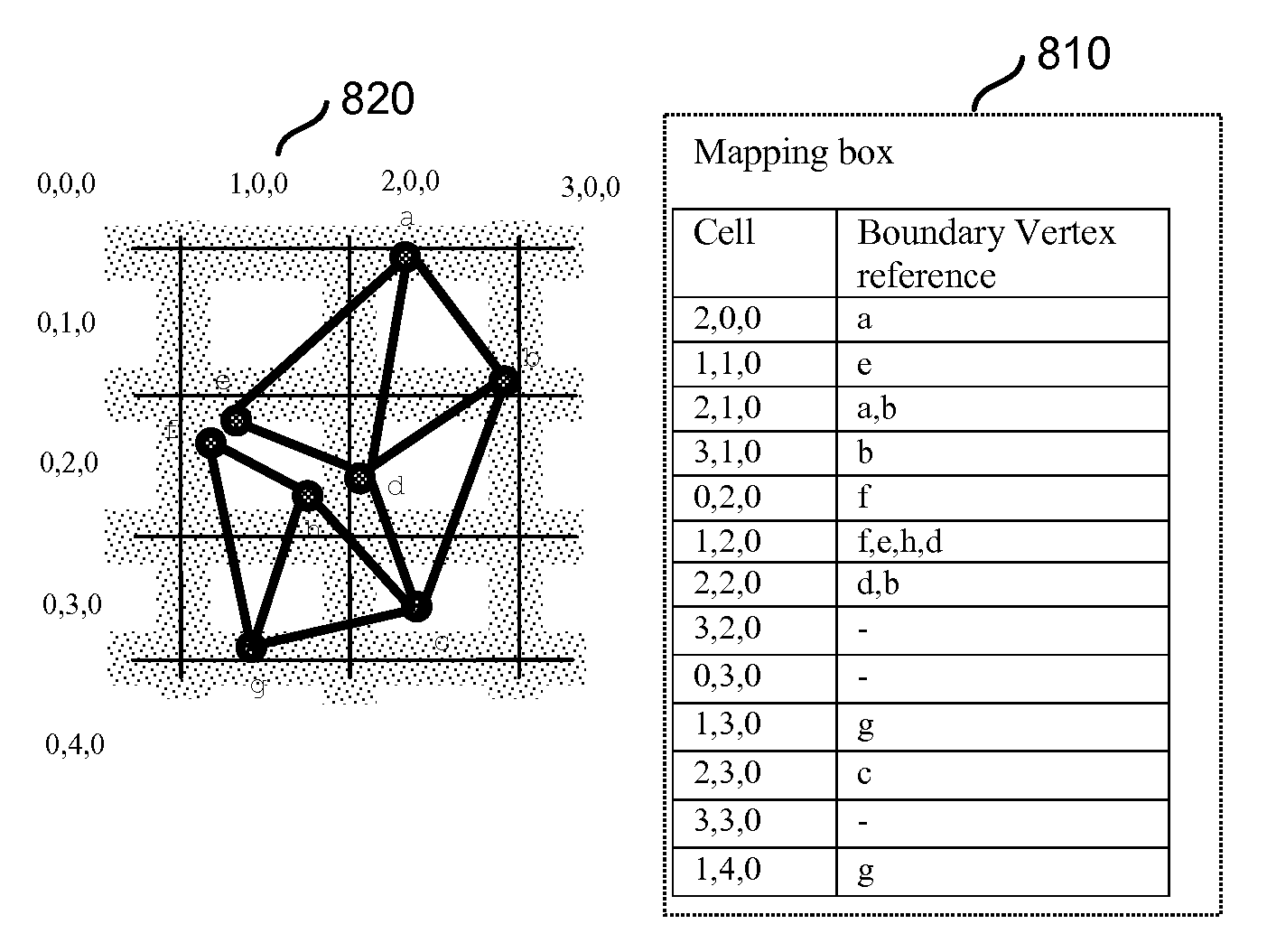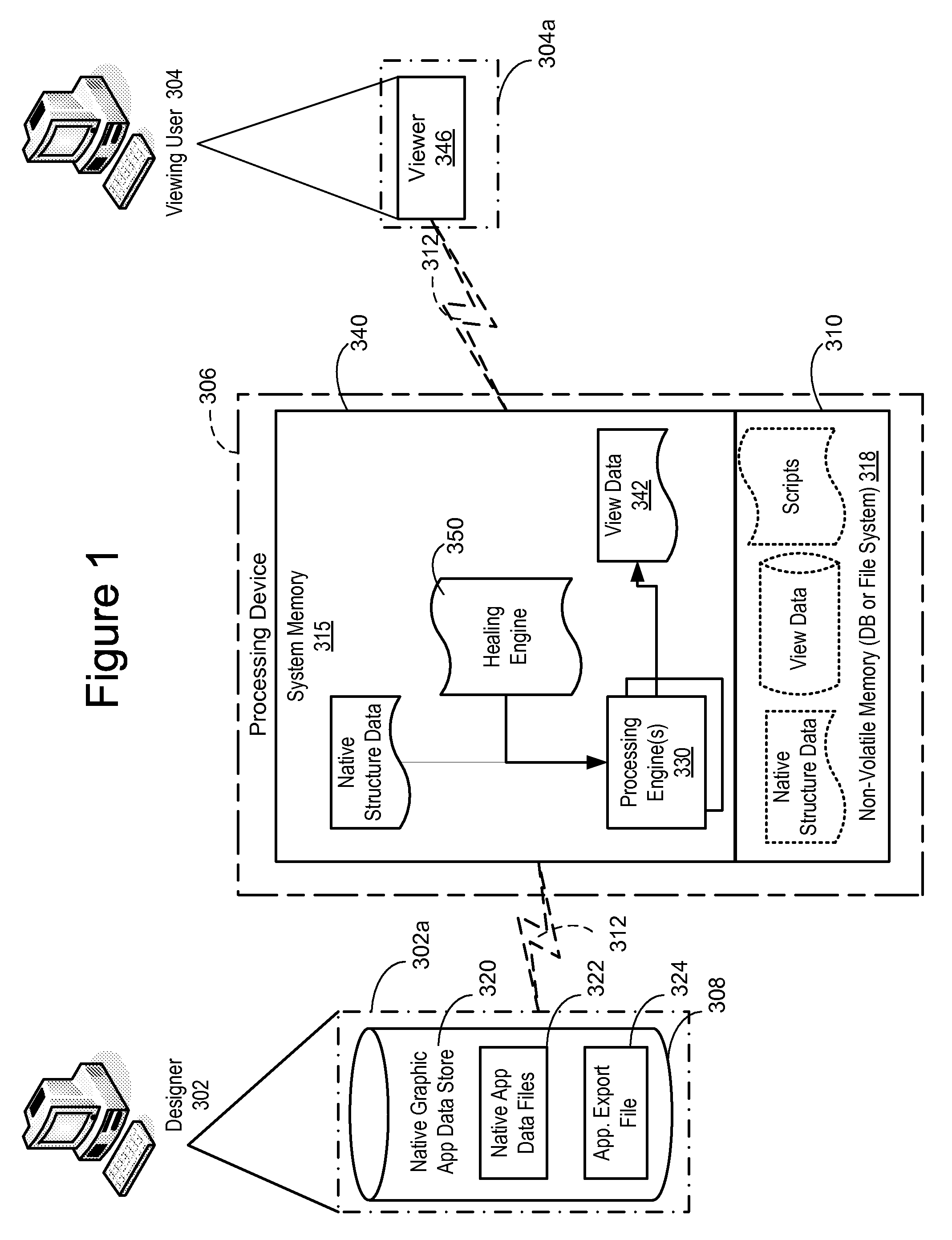Three dimensional geometric data correction
a three-dimensional geometric and data correction technology, applied in the field of three-dimensional geometric data correction, can solve the problems of many visualization algorithms that require closed models, the geometry errors of cad models require computationally intensive correction, and the geometry errors are difficult to solv
- Summary
- Abstract
- Description
- Claims
- Application Information
AI Technical Summary
Benefits of technology
Problems solved by technology
Method used
Image
Examples
Embodiment Construction
[0023]Technology is disclosed for creating data which is optimized to allow a viewer to provide three dimensional visualization of CAD objects. The optimized data is created from original CAD data wherein common defects in visualization of the original CAD data are corrected. The technology is suited to processes such as polygon reduction, normals unification, radiosity, ray-tracing, illustration, and shadow volumes. These processes are important aspects of 3D visualization but their algorithms may not operate on non-closed models (due to faulty geometry) or will produce unacceptable artifacts. The technology presented herein provides a healing process as an initial step for efficient and accurate rendering.
[0024]The need for healing is the result of the way that CAD (or other badly designed) models originally arrive to the visualization system. Visualization does not function well unless some repair of deficient geometry occurs. Healing should occur early in the visualization opera...
PUM
 Login to View More
Login to View More Abstract
Description
Claims
Application Information
 Login to View More
Login to View More - R&D
- Intellectual Property
- Life Sciences
- Materials
- Tech Scout
- Unparalleled Data Quality
- Higher Quality Content
- 60% Fewer Hallucinations
Browse by: Latest US Patents, China's latest patents, Technical Efficacy Thesaurus, Application Domain, Technology Topic, Popular Technical Reports.
© 2025 PatSnap. All rights reserved.Legal|Privacy policy|Modern Slavery Act Transparency Statement|Sitemap|About US| Contact US: help@patsnap.com



